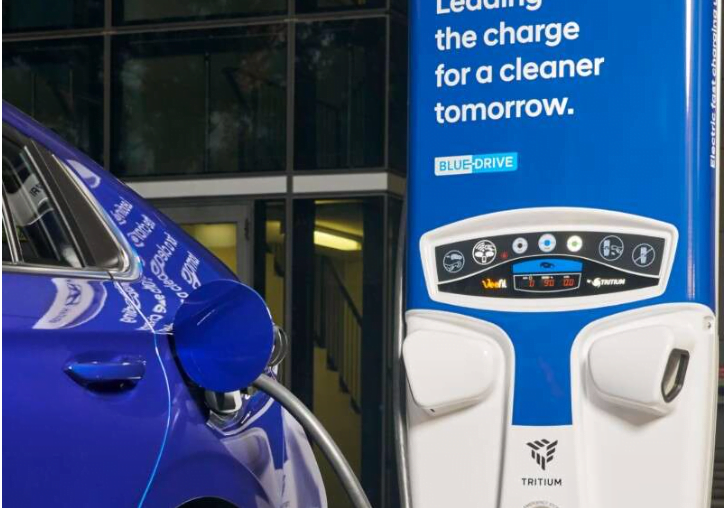The Government announced over a year ago that it would develop a National Strategy for Electric Vehicles, but it won’t be done before June 2020 and it’s unlikely to add up to much, see here and here.
Where does this leave Australia? Well, behind the 8-ball, as usual on climate related measures.
Australia’s rates of EV ownership is one of the lowest in the OECD – just 2% of the total fleet and it is likely sales will drop in the hiatus between now and June as we wait to see what’s on offer.
New Zealand adopted a plan a year ago. With a population of just over – 5 million, NZ already has ~16,000 EVs on the road compared to 12,000 in Australia with 25 million.
Norway is leading the way globally with 250,000 EVs and has a target of 100% within 5 years. Sales of the Nissan Leaf alone were 55,294 last year. (Norway – a big oil producer – has committed to reducing emissions by at least 40% by 2030)
Norway has had substantial incentives to promote EVs for years. They say: … it should always be economically beneficial to choose zero and low emission cars over high emission cars
A decade ago we knew about the benefits. Here is Dr Andrew Simpson’s piece in the Australian Business Review back in 2009. He concludes:
EVs could completely reshape the way we fuel our lifestyle and redefine the place of vehicles in our society. Cars are evolving to become “smart electric mobility appliances” in tandem with the greening of the grid and the concept is riding a wave of tens of billions of green industry and government dollars invested in electric powertrains, smart grids and renewable energy. This revolution will unfold rapidly – businesses that are not planning for these changes risk missing major opportunities.
Well not so rapidly, as it turns out in Australia.
Perhaps we could learn from the strategies adopted by the New Zealand in 2019:
- A target of doubling the number of electric vehicles every year to reach ~ 64,000 by 2021
- Extending the Road User Charges exemption on light electric vehicles until they make up two percent of the light vehicle fleet
- A new Road User Charges exemption for heavy electric vehicles until they make up two percent of the heavy vehicle fleet
- Work across Government and private sector to investigate the bulk purchase of electric vehicles
- Government agencies coordinating activities to support the development and roll-out of public charging infrastructure including providing information and guidance
- $1m annually for a nation-wide electric vehicle information and promotion campaign over 5 years
- A contestable fund of up to $6 million per year to encourage and support innovative low emission vehicle projects
- Allowing electric vehicles in bus lanes and high-occupancy vehicle lanes on the State Highway network and local roads
- Review of tax depreciation rates and the method for calculating fringe benefit tax to ensure electric vehicles are not being unfairly disadvantaged
- Establishing an electric vehicles leadership group across business, local and central government.

